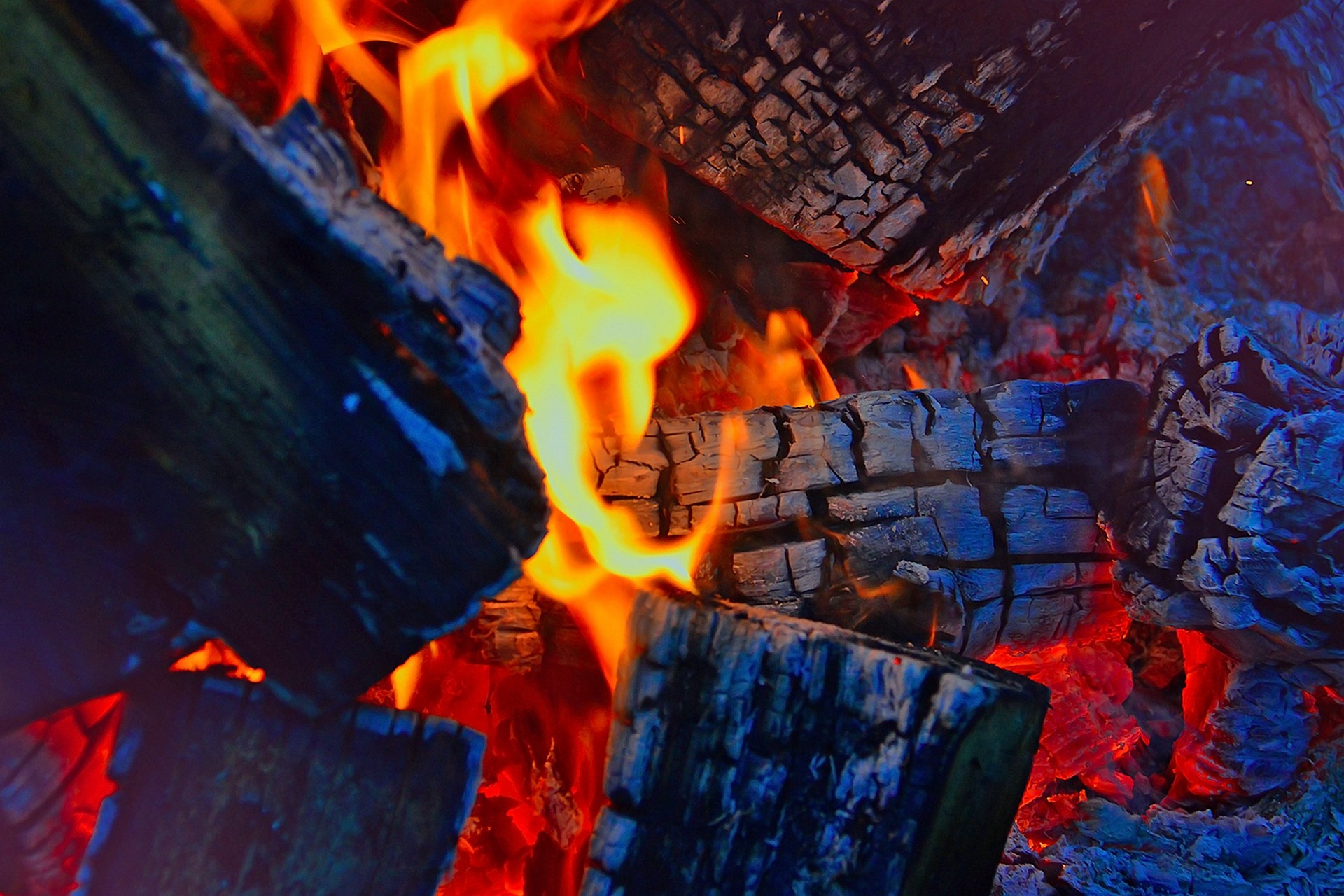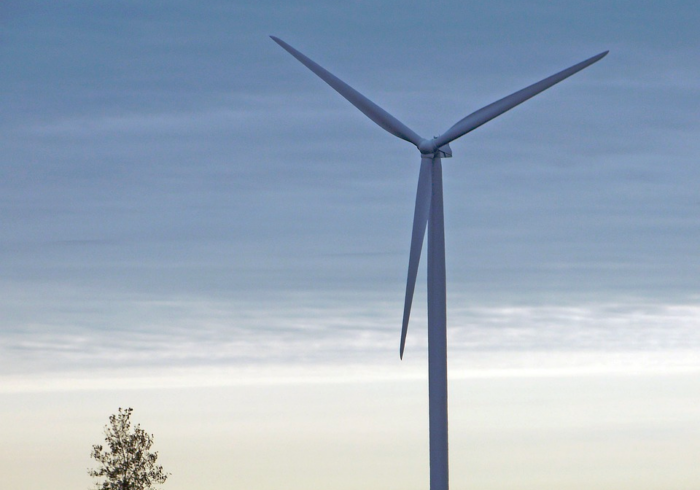Even Europe, the climate pioneer, is not succeeding in completely phasing out coal
Coal is experiencing a renaissance. The dirtiest fuel and the main source of greenhouse gases in the energy sector is once again in frenzied demand, despite promises from every country in the world to reduce emissions for the sake of fighting global warming. However, it’s not all bad – there is some good news for green energy in the growth of coal consumption.
The year 2021 was a record year, and coal consumption will not decrease in the next three years, the International Energy Agency (IEA) predicts. That’s because recovering from the covid pandemic proved to be energy-consuming. There is not enough gas, wind and sunshine to cover the frantic demand for electric power. So the world started burning coal again, despite protests from environmentalists.
“After the downturn in coal power in 2019 and 2020, it seemed that the peak was passed in 2018. However, 2021 dashed those hopes. Demand for electricity is outpacing production from low-carbon sources, which, coupled with rapidly rising natural gas prices, will increase generation from coal-fired power plants by 9% in 2021,” calculated the IEA, whose estimates guide rich consumer countries in setting energy policy.
In Europe the problem was exacerbated by weather (it has been windless and chilly there in recent months), a shortage of natural gas (a third of which is traditionally supplied by Russia) and a prolonged repair of nuclear power plants in France.
China has been running mothballed mines and quarries at full capacity since it stopped buying coal from Australia because of the diplomatic conflict, and high prices and transport disruptions on the world market made it impossible to quickly make up for lost supplies.
And this is not a temporary covid failure, but quite a new trend. Giving up coal will not happen quickly, the IEA warns. In the coming year, the world will burn another 1.5% more coal than it did in the outgoing year.
“The way things are developing now suggests that global coal consumption will rise to unprecedented levels in 2022 and remain there until the end of 2024,” the IEA’s annual coal report says.
Video caption,
Why gas and light are getting more expensive. Causes and consequences of the global energy crisis
This is good news for Russia, which is already the world’s largest supplier of fossil fuels to world markets thanks to oil and gas, and is now also increasing its coal production and exports. According to the IEA’s estimates, by 2024 coal production will grow by 2.8%, while the strategy of the Russian authorities suggests doubling of exports in the next 15 years.
But rising global coal consumption is bad news for the climate. UN Secretary General António Guterres has been calling for years for countries to make clear commitments to stop burning coal, but still nothing. Hopes of agreeing to this at the climate summit in Glasgow in November have been dashed by covid realities.
But there is also reason not to be discouraged. Ironically, a renaissance in coal and record natural gas prices would only risk accelerating the green energy revolution in the end. And here’s why.
In order to run a coal-fired power plant, a European energy company must buy a quota for greenhouse gas emissions. The more emissions, the more expensive. This is how the EU is pushing the industry and the energy sector to go green.
The price of these quotas is growing so fast that at the last summit of the 27 EU countries, some EU members, including Poland, Czech Republic and Spain, demanded to curb speculators.
They believe that without the intervention of financiers, the price of allowances per ton of carbon dioxide emissions could not have risen from 31 euros at the beginning of the year to 90 euros by December, and only since the beginning of November it has increased as much as 50%.
All this makes it expensive to run coal-fired power plants, but at current natural gas prices, it is still more profitable to burn coal than cleaner gas.



